On-Page SEO is a strategic approach to boost website rankings by optimizing individual pages. It includes keyword research for user intent, meta tag and header optimization, high-quality content creation, internal linking, fast page loads, and image/URL structure improvements. These tactics enhance user experience and signal search engines of credible information, driving organic traffic and online visibility when combined with off-page SEO. Key components like title tags, meta descriptions, structured content, and technical optimizations (like XML sitemaps) further strengthen SEO ranking strategies.
On-Page SEO is the cornerstone of any effective search engine optimization strategy, directly influencing your site’s rankings and visibility. This comprehensive guide delves into essential on-page strategies, from keyword research to technical optimizations. Learn how to craft compelling content, structure your pages with strategic headings, and enhance user experience through internal linking and image optimization. Discover best practices for title tags, meta descriptions, URL structures, and more, all designed to elevate your website in search results using powerful SEO ranking strategies.
Understanding On-Page SEO: The Cornerstone of Search Engine Optimization
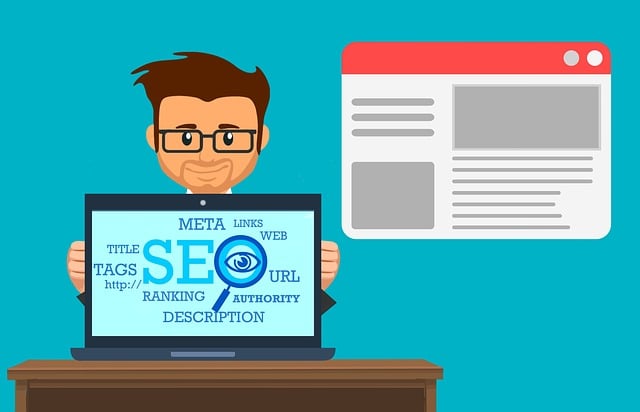
On-Page SEO is a fundamental aspect of search engine optimization, focusing on optimizing individual web pages to rank higher in search results. It involves understanding and implementing various strategies within the content, structure, and metadata of a page to improve its relevance and appeal to both users and search engines. By optimizing on-page elements, you ensure that your website provides value to visitors while also signaling to search algorithms that it’s a credible source of information.
Effective On-Page SEO strategies include keyword research and strategic placement, high-quality content creation, meta tag optimization, header tags, internal linking, and ensuring page load speed. These techniques work in harmony to enhance the overall user experience, which is a key factor in search engine rankings. When combined with off-page SEO efforts, on-page optimization becomes a powerful tool for driving organic traffic and improving your site’s visibility in the competitive digital landscape.
Keyword Research: Unlocking the Power of Relevant Terms

Keyword research is a fundamental aspect of on-page SEO, serving as the key to unlocking higher search engine rankings. It involves identifying and targeting relevant terms that potential customers use when searching for products or services similar to yours. By understanding user intent behind these keywords, businesses can create content that not only satisfies but also outperforms competition in search results.
Effective keyword research goes beyond simply finding popular search terms. It requires analyzing search volume, competition levels, and user behavior patterns to select the most valuable keywords for your SEO ranking strategies. Incorporating these targeted keywords naturally within meta tags, headings, and content ensures better relevance, leading to improved crawlability and higher visibility on search engines.
Optimizing Title Tags and Meta Descriptions: First Impressions Matter

When it comes to on-page SEO, optimizing your title tags and meta descriptions is like setting the stage for a play – it’s the first interaction potential visitors have with your content. These elements appear in search engine results pages (SERPs), serving as the snapshot that convinces users to click through or dismisses them entirely. Crafting compelling, keyword-rich titles and descriptions not only enhances user experience but also aligns your web pages with effective SEO ranking strategies.
Think of it this way: a well-optimized title tag acts like a neon sign, clearly communicating the page’s topic while a meta description provides a concise preview, enticing readers to explore further. By incorporating relevant keywords naturally and ensuring both are unique for each page, you’re not just improving click-through rates – you’re also signaling to search engines what your content is about, thereby boosting its authority and relevance in the eyes of algorithms designed to deliver the best results to users.
Crafting Compelling Content: Engaging and Informative

Crafting compelling content is a cornerstone of successful on-page SEO, aiming to engage and inform readers while aligning with effective SEO ranking strategies. It involves creating high-quality, relevant, and valuable content that addresses user intent and satisfies search engine algorithms. When crafting content, consider using keywords naturally and strategically throughout your text, ensuring they are woven into headings, meta descriptions, and the main body without appearing forced or repetitive. The goal is to strike a balance between readability and optimization.
Informative content not only educates readers but also encourages them to engage, share, and return, signaling to search engines that your site is a trusted source of information. This can include using multimedia like images and videos, incorporating data and statistics, and presenting ideas in a clear, concise manner. By focusing on creating compelling, informative content, you enhance user experience and drive better SEO rankings over time.
Headings and Subheadings: Structuring Your Content Effectively
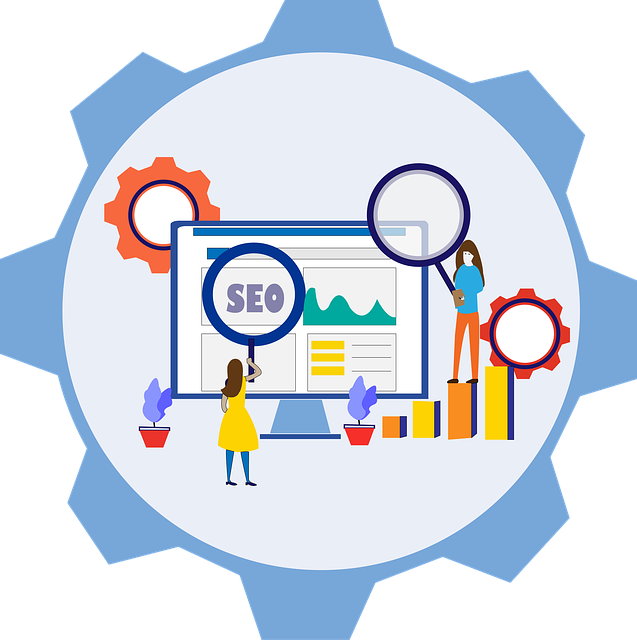
Effective structuring of your content through headings and subheadings is a powerful SEO ranking strategy. These elements act as signposts for both search engines and users, guiding them through your article or webpage. Well-placed headers break down complex information into digestible chunks, improving user experience and encouraging longer stays on your site – key factors that search algorithms consider when determining rankings.
When crafting headings and subheadings, prioritize relevance and clarity. Use H1 for the main title, capturing the essence of your content, and subsequent H2s and H3s to outline supporting topics. Incorporate keywords naturally within these headers, ensuring they reflect the content that follows. This strategic placement not only enhances readability but also signals to search engines what your content is about, boosting your chances in organic SEO ranking results.
Internal Linking: Enhancing User Experience and Search Crawlability

Internal linking plays a pivotal role in enhancing both user experience and search engine crawlability, which are key components of effective SEO ranking strategies. By strategically interlinking relevant pages within your website, you create a seamless journey for visitors, allowing them to navigate through content effortlessly. This not only improves overall site usability but also signals to search engines that your site is well-organized and valuable.
When search engine crawlers traverse your website, internal links provide a clear path, ensuring they can access and index all pages efficiently. This is particularly crucial for larger websites with extensive content. Proper internal linking helps distribute link equity across your pages, strengthening the authority of each individual page and, in turn, boosting their SEO rankings.
Image Optimization: Making Visuals Work for You
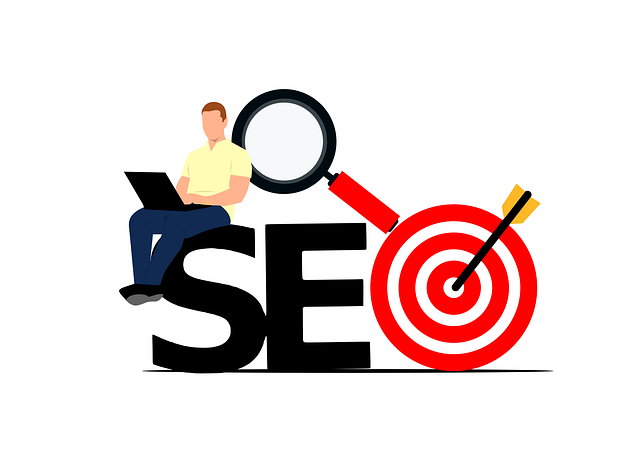
Image optimization is a powerful component within on-page SEO strategies, often overlooked but capable of significantly impacting search engine rankings. When properly implemented, it becomes an effective visual representation of your content’s relevance. By optimizing images, you enhance user experience, as fast-loading visuals improve page interactivity. Search engines like Google consider image alt text, file names, and titles when crawling pages, using this data to understand the content better and thus boosting rankings for relevant keywords.
This process involves using descriptive and keyword-rich alt tags, ensuring images are compressed without losing quality to reduce page load times, and optimizing file names and sizes. These techniques not only help search engines index your visuals accurately but also make your website more accessible. Incorporating these SEO ranking strategies can transform your images from simple decorations to powerful assets that drive organic traffic and elevate your online presence.
Optimizing URL Structures: Simplicity Meets SEO Best Practices
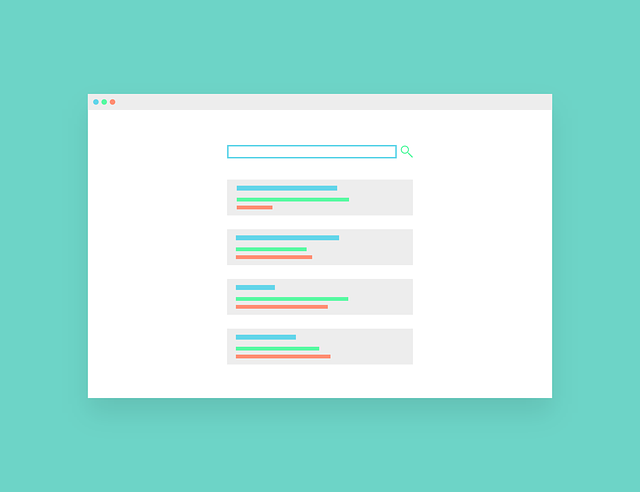
Optimizing URL structures is a fundamental aspect of on-page SEO, where simplicity and clarity meet best practices for enhancing search engine rankings. When crafting URLs, keep them concise, descriptive, and reader-friendly. This involves using relevant keywords that accurately represent the content of the page while avoiding overly complex or dynamic URL strings. A clean and simple URL structure not only aids users in understanding what the page is about but also helps search engines quickly crawl and index your site effectively.
Adhering to SEO ranking strategies, ensure your URLs follow a logical hierarchy, making it easier for both users and search algorithms to navigate through your website. Use hyphens to separate words and avoid special characters or excessive parameters that can confuse browsers and search engines. For instance, a URL like `www.example.com/blog/seo-tips` is far more effective than one with random numbers or obscure symbols. This simplicity contributes to better click-through rates and reduces bounce rates, both of which positively impact your site’s SEO performance.
Technical SEO Considerations: Ensuring Smooth Search Engine Interaction
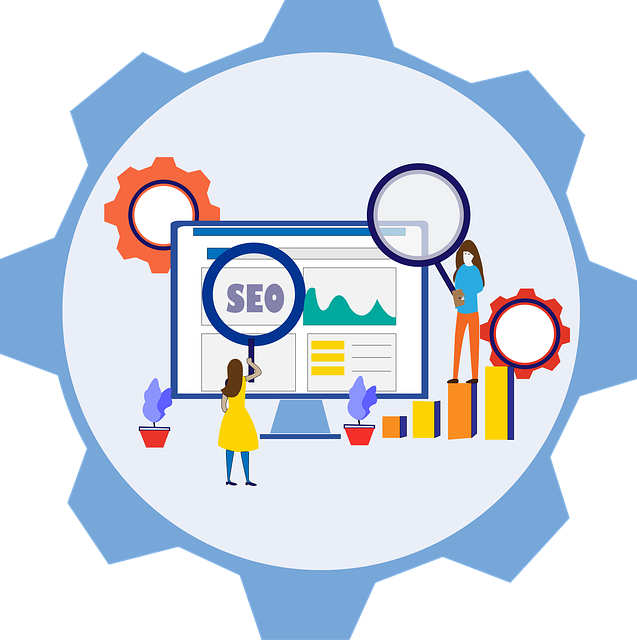
Search engines constantly crawl and index websites, aiming to understand their content and context. To facilitate this process, it’s crucial to address technical SEO considerations that enhance search engine interaction. This involves optimizing site structure for easy navigation, ensuring fast loading times by compressing media, implementing structured data markup for rich snippets, and creating XML sitemaps for better crawling efficiency.
Additionally, addressing issues like broken links, redirect management, and mobile-friendliness is paramount. These technical aspects form the backbone of effective SEO ranking strategies, as they directly impact how search engines perceive and rank your website. A well-optimized site not only improves user experience but also strengthens its signal to search engine algorithms.
